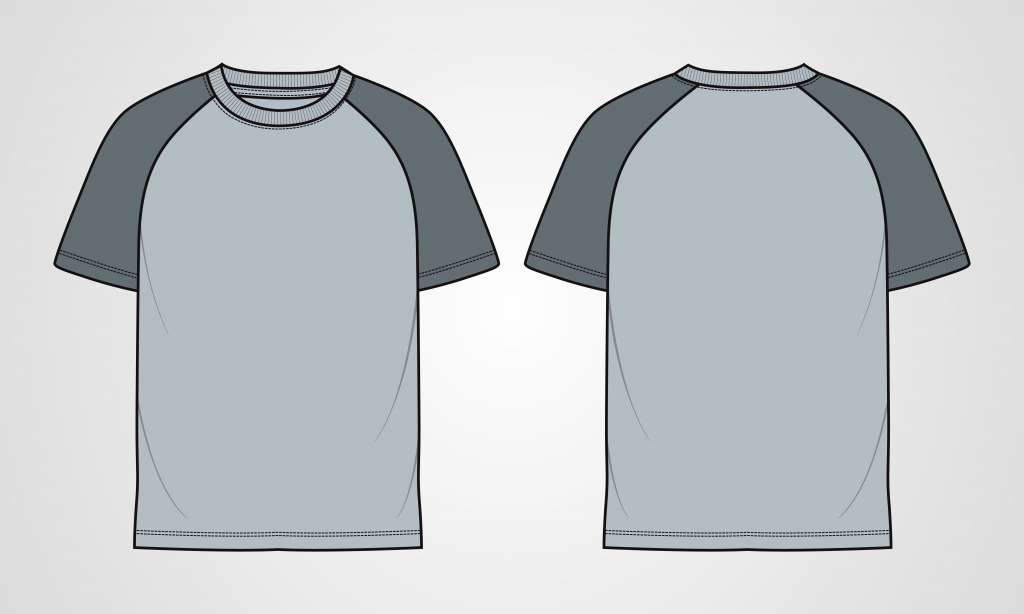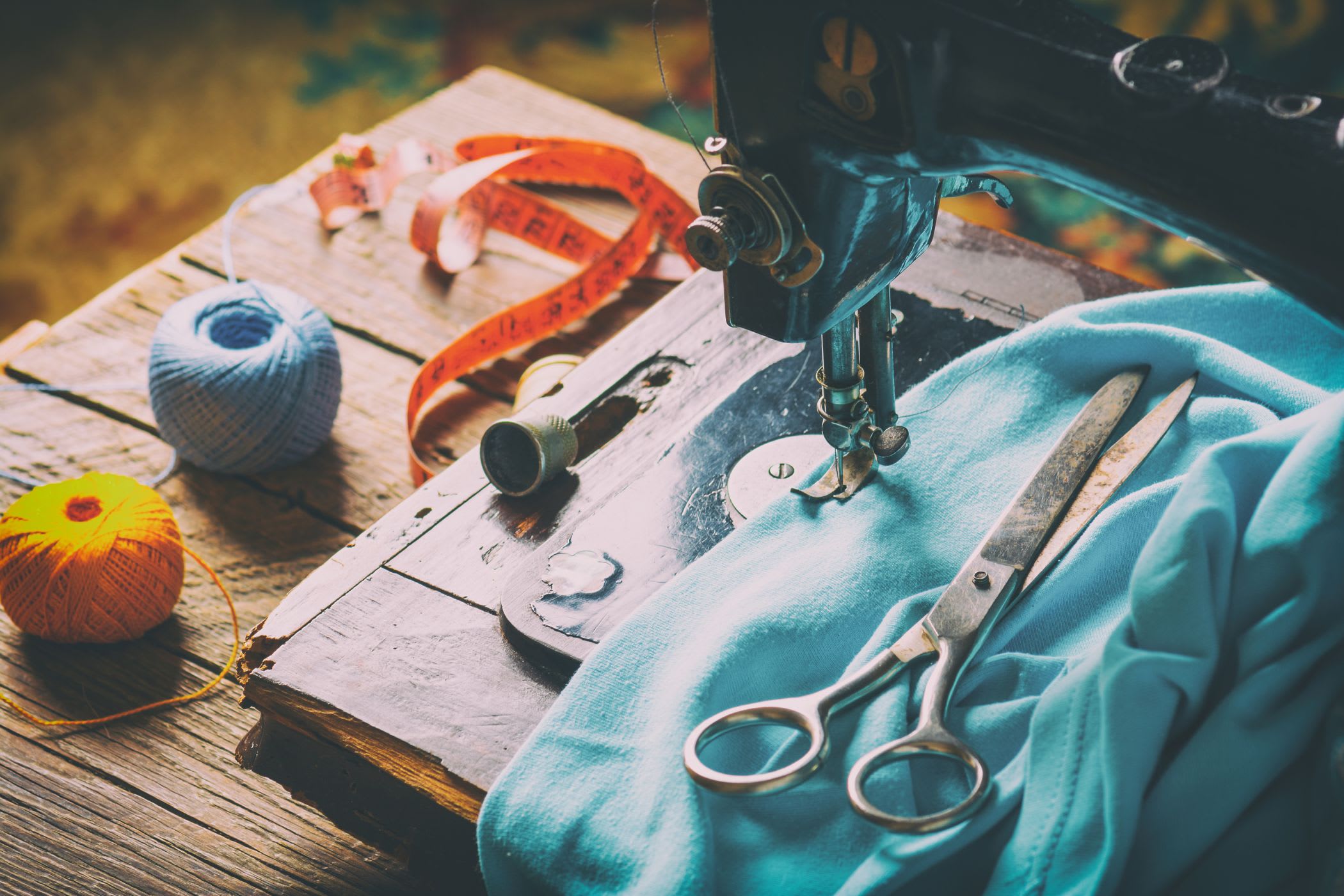How To Calculate Profit Margin In Apparel Costing?



One of the growing industries in the world, the apparel industry is generally controlled by trends and consumer demands. As people take a keen interest in fashion and want to look their best, this industry is touching great heights.
Calculating the profit margin in the apparel industry can be a brainstorming task if not done right. It can even turn off customers of a clothing line and shift them toward their competitors. It is the last thing brands want when running an apparel business. Today, this article will reveal how brands can calculate apparel profit margins. So, without any further ado, let’s get started!
What is Costing in the Apparel Industry?
In the 21st century, the apparel industry is growing exponentially. All businesses run with the sole purpose of earning profit. And so does the apparel industry. The cost is the total amount used to produce a particular garment. It consists of all materials, production, and labor costs. Any amount earned over the production price by the brands is their apparel profit margin.
Calculating Profit Margin in Apparel Costing
Profit margin is a critical part of the apparel industry as it determines the total profit percentage, showcasing the financial health of a business. If a business aims to be fiscally healthy, it needs to pay adequate attention to the overall profit generated. The profit margin of a company determines how well it is running.
Calculating Profit Margin after Apparel Sales
The formula to calculate apparel profit margins is as below:
Profit margin = Total sales – (Manufacturing costs + Operating expenses)
The manufacturing cost comprises direct and indirect labor, raw material, and overheads. Operating cost involves administrative overhead.
Calculation of Profit Margin before Determining FOB (Free On Board)
During costing, the manufacturers include additional costs in their manufacturing and operating costs. It generally varies from 10%–20%, which depends on the price negotiated by the buyer. In the process, the manufacturer tries to adjust the margin per the final negotiation. Sometimes, the clothing manufacturers adjust the apparel profit margin in the labor charges and other cost overheads like transport, packaging, etc.
Garment Costing Method
Different techniques and methods determine the overall garment cost. However, there are several things to consider while deciding on the price. These factors are the trims and fabrics used, cost of logistics, garment testing, organization profits, and value-added services such as embroidery, washing, printing, and appliques.
Besides these, several other details are considered when calculating the total cost of the garment, such as order quality, unit of measurement, and denying the type and finish used. All of these added in the BOM or bill of materials is a crucial part of the tech pack.
What Factors Affect the Overall Product Price?

Here is the list of key factors which determines the overall garment cost and apparel profit margins:
- Trims and notions
- Fabric type
- The cost of making
- Profit of the manufacturing organization
- Labels and packaging
- Other expenses
- Shipping and logistics
When deciding the cost of the product in the apparel industry, these factors play a significant role in determining the overall price at which the product will retail. Note that these factors are highly dynamic, so prices tend to fluctuate at random intervals. Let’s discuss these in detail:
Trims and Notions
Besides the main fabric, several other things go into making a garment. These include trims, buttons, thread, zippers, elastics, and more. The total cost of producing apparel depends on shape, size, and materials used to make buttons, labels, zippers, etc.
Shipping and logistics
Whether brands source a product nationally or internationally, shipping and logistics is an additional cost that adds to the total product price. However, clothing manufacturers usually tend to source supplies from the international market when the local market charges exorbitantly.
Fabric
The fabric is one of the significant factors deciding the final product price. Material accounts for nearly 60 to 70% of the total product cost. Based on the garment style, the fabric is selected. Here is the list of parameters that affect the price:
- UOM stands for Unit of Measurement
- MOQ stands for Fabric Minimum Order Quantity
- Incoterm used
- Order Quantity
Besides these, other parameters also affect the overall fabric quality. These include:
- Knitting or weaving cost
- Dyeing cost
Labels and packaging
The label and packaging cost also adds up to the total product price. Its cost depends on the product size. Additionally, if the labels are manufactured in large quantities, this affects the overall cost. Their thickness and quality determine the cost of cartons and polybags used for shipping. The apparel industry comes with hand tags and price tags whose quality may affect the overall pricing of the product.
Profit of the manufacturing organization
Every business runs with a universal purpose, which is to earn profit. Due to this, companies increase product prices by adding to their profit.
Other expenses
Running a business is an expensive ordeal. The additional expenses include paying bills, rent, salaries, utilities, and others, which add to the final cost.
Introduction to Tech Pack

Technical packs, better known as Tech pack, is nothing but the blueprint of the final garment made by the manufacturer. A tech pack compromises all design details and technical specifications, which makes the product stand out. Brands must include a unique feature or design in every product is necessary to remain competitive in this fiercely competitive market. The unique factor can be anything from a cut to an establishment, and these finer details must be included in the tech pack.
When talking about outsourcing, tech pack is one of the most crucial aspects without which most contractors and factories would never take up orders from a clothing line or brand. Hence a clear and detailed tech pack is a must. It sets out all the guidelines and desired specifications, minimizing any scope of loopholes or bottlenecks. The tech pack's primary objective is to eliminate a ton of sampling during production. It also acts as a document containing all information about revisions, comments, and any last-minute changes.
Final Words
Getting into the world of apparel is not as easy as it may sound, as it needs a thorough understanding of the complicated business and operations. Clothing manufacturers usually have a hidden profit in their labor and operating costs. Anything above and over this cost can be the actual profit margin. It helps grow production strengths and capacities.
New clothing manufacturers who do not have the expertise to determine the profit margin in the apparel industry need some technical support and guidance.
At Fashinza, we provide a tech-enabled platform that clothing lines can use to find the right clothing manufacturers. We also offer a costing calculator that helps them calculate the total cost estimate per the apparel category and the above-discussed costing factors.



















